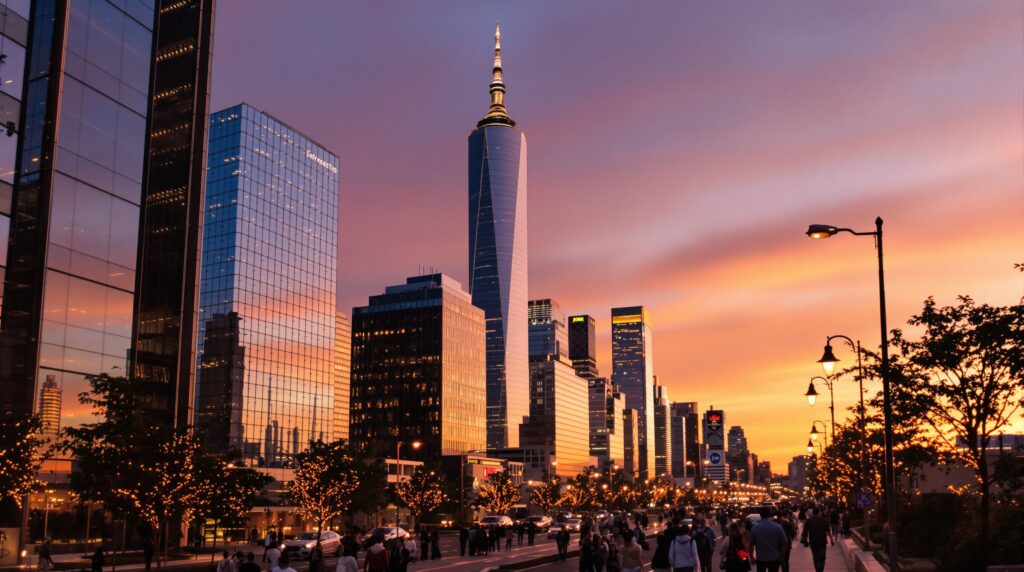Top 5 Most Traded ETFs and Why They’re So Popular

ETFs (Exchange-Traded Funds) have become a staple for individual investors and institutions alike. They offer diversification, liquidity, and low fees—making them ideal building blocks for just about any portfolio. But among the hundreds of ETFs out there, a few consistently rise to the top in terms of trading volume. Here’s a breakdown of the five most traded ETFs and what makes each one so appealing.
1. SPDR S&P 500 ETF Trust (SPY)
Ticker: SPY
Average Daily Volume: Over 70 million shares
SPY is the heavyweight champ of ETFs. As one of the oldest and most liquid funds in the market, it tracks the S&P 500 Index—a benchmark of the 500 largest publicly traded U.S. companies. It’s popular for a simple reason: broad market exposure. Investors use SPY for long-term investing, hedging, and even day trading due to its incredible liquidity.
Institutions often trade SPY to get quick exposure to the U.S. market, while retail investors appreciate its transparency and performance that mirrors the broader economy. With a low expense ratio and tight bid-ask spreads, it remains the go-to ETF for market exposure.
2. Invesco QQQ Trust (QQQ)
Ticker: QQQ
Average Daily Volume: Over 50 million shares
QQQ tracks the Nasdaq-100 Index, which includes 100 of the largest non-financial companies listed on the Nasdaq. This ETF leans heavily into tech, with big names like Apple, Microsoft, and NVIDIA leading the pack. It’s a favorite for growth investors and tech enthusiasts.
Because it’s more concentrated in high-growth sectors, QQQ tends to be more volatile than SPY—but that also means it can deliver higher returns during bull markets. It’s widely used by both long-term investors and active traders who want targeted exposure to the innovation-driven sectors of the economy.
3. iShares Russell 2000 ETF (IWM)
Ticker: IWM
Average Daily Volume: Around 25 million shares
IWM tracks the Russell 2000 Index, which represents the performance of 2,000 small-cap U.S. companies. It’s the go-to ETF for investors looking to tap into the growth potential of smaller firms that often fly under the radar.
Because small-cap stocks can be more sensitive to economic conditions, IWM is commonly used as a barometer for U.S. domestic growth. Traders and hedge funds also favor it for its liquidity and volatility, which makes it a strong candidate for short-term moves and tactical plays.
4. Financial Select Sector SPDR Fund (XLF)
Ticker: XLF
Average Daily Volume: Around 50 million shares
XLF offers exposure to major U.S. financial institutions, including banks, insurance companies, and investment firms. Top holdings often include JPMorgan Chase, Bank of America, and Berkshire Hathaway.
Investors turn to XLF when they’re bullish on the financial sector, especially during periods of rising interest rates, which can boost bank profitability. It also serves as a sector-specific hedge or a tactical play for traders looking to capitalize on earnings season or Fed announcements.
5. SPDR S&P 500 ETF Options (VIXY, technically a related note)
Ticker: VIXY
Average Daily Volume: Varies, but frequently in the top 10
While not an ETF in the traditional sense, VIXY is worth a mention because it tracks short-term futures on the CBOE Volatility Index (VIX), often called the “fear gauge.” Investors use it to hedge against market volatility or to bet on increased turbulence.
VIXY is a complex instrument and not recommended for beginners, but it’s extremely popular with institutional traders and hedge funds. Because it moves inversely to market confidence, it sees massive spikes in trading volume during periods of market uncertainty.
Final Thoughts These ETFs dominate trading volume because they offer what investors crave: liquidity, transparency, and targeted exposure. Whether you’re looking for broad market stability (SPY), tech-driven growth (QQQ), small-cap potential (IWM), sector-specific plays (XLF), or volatility hedging (VIXY), there’s an ETF that fits the bill. Just make sure the one you choose aligns with your goals and risk tolerance.







